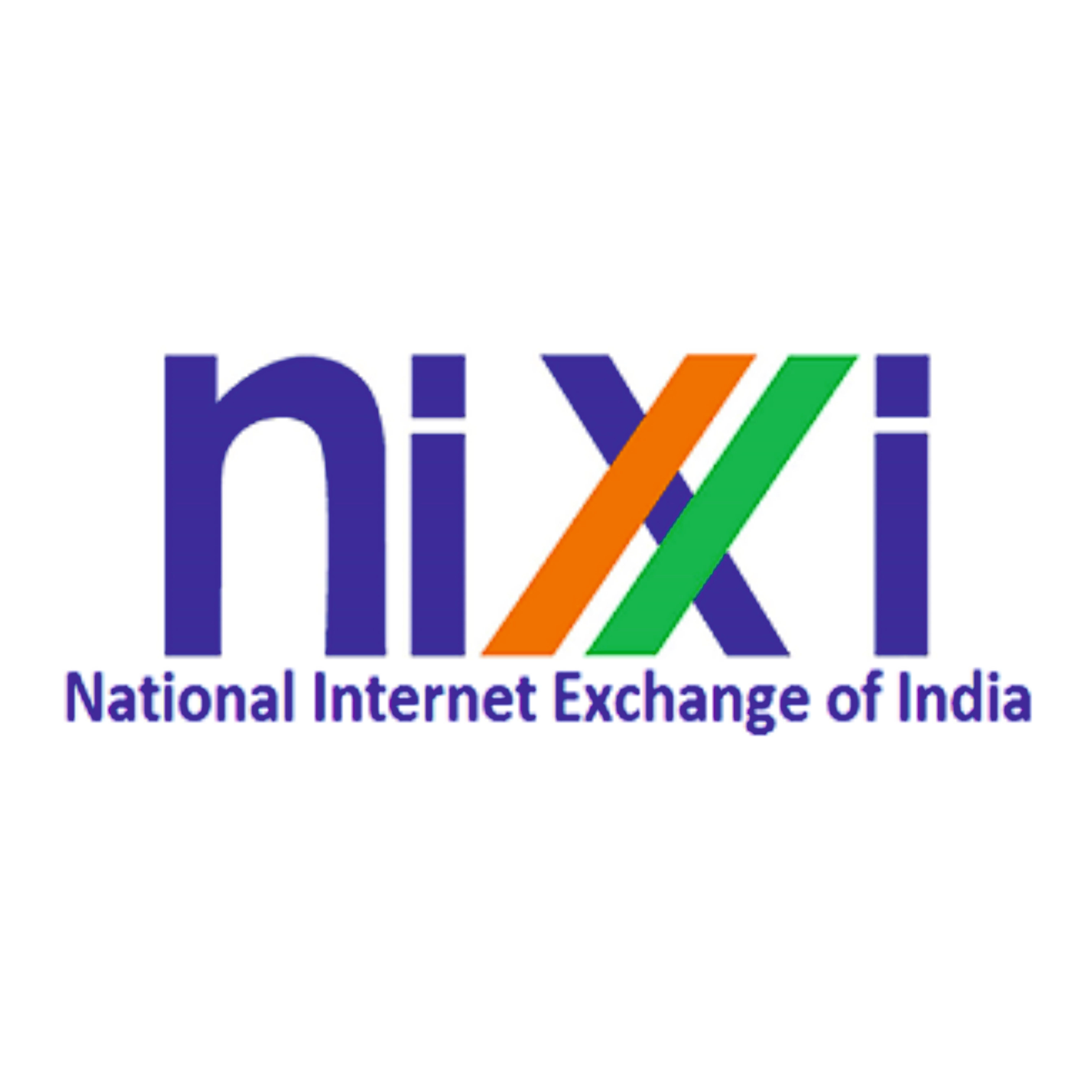How two college friends disrupted the content and media industry with their experiment
In the clutter of entertainment and cricket news, The Indian Feed challenged the status quo with stories of real India. In their journey, they're supported by their .in domain name, enabled by the National Internet Exchange of India (NIXI).
In a country obsessed with cricket and Bollywood, two college friends decided to take matters into their own hands and challenge the status quo.
Rishabh Sinha and Pritiranjan Swain were in their final year of college when they noticed a dearth of informative news pieces on social media. Instead, they saw an influx of entertainment content, mostly featuring two of the country’s greatest loves - cricket and Bollywood. Aiming to address this gap, the duo decided to launch The Indian Feed (TIF), a digital media startup that told viewers different stories. Real stories.
An idea is born
TIF started as an experiment, focusing on news which the founders thought was getting lost in the clutter. The rules were simple - their content would be action-driven, celebrating the people of India, without any place for entertainment news on their platform. Speaking about their beginnings, Rishabh says, “15 days before we graduated, we came across these posts on social media about net neutrality. Back then, we saw a lot of meme pages covering it. But they were not following up on it. That’s when we started to deep-dive into the topic and make serious content pieces about it.”

Post their own net neutrality campaign, the team started sharing stories of change-makers who were doing phenomenal work for society but weren’t getting attention from the Indian media. They also started partnering with NGOs and covering stories of acid attack victims. And that clicked. “We noticed that they started getting traction, so we knew that the audience didn’t want to consume mediocre content. It is the media that isn’t sharing worthy content,” Rishabh says.
Tiding over challenges, one step at a time
The day-to-day operations and work for the page was mainly carried out by the two founders. In their initial days, many others reached out to them through their social media handles to help them in writing and curating content. But since the team wasn’t generating any revenue, the others soon left to pursue their careers. With limited resources, they witnessed slow growth throughout the first year. “A major challenge was that unlike sports or entertainment channels, growth wasn’t easy for a social issue-highlighting platform. There were many ups and downs,” Pritiranjan adds.
But that changed in 2016 when they noticed that Facebook was prioritising video content. “We were the first content company in India which did text-overlay videos on serious content. We started sharing stories of social change-makers and in around two months, our follower base on Facebook went from 1 lakh to 3 lakh. That kept us going,” Rishabh says.
Taking the leap
Once they achieved a certain user base, the duo decided to launch a website. As a homegrown brand that solely shares stories of India and Indians, the .in extension was one that made complete sense. “We wanted our domain name to reflect our brand, we have the word Indian in the name itself, so it was not difficult for us to make the decision,” they say.
The team also felt that .in gave them credibility and trust. The duo feels that homegrown brands cater to Indian customer needs in a better manner in comparison to their rival MNCs, as they understand people well in the country. So a .in domain provides companies with an additional trust factor which generally gets built after years of consistent performance.
And TIF isn’t the only one. The National Internet Exchange of India (NIXI) has helped various businesses, across sectors, easily get access to a .in or .Bharat domain. Companies can choose between 22 languages for a domain name after opting for .in and .Bharat.
The .in domain helped the TIF team get more inquiries from brands and partners. Prospective clients could easily visit their website and understand their work before partnering with them. The company has also tied up with major brands who wanted to start their news segment in India. “So, yes for a new-age media platform like us, a website provides you with a space where you can cover stories in detail, establish your brand presence more strongly, helping you in getting partnerships and proposals,” the duo says.
Apart from the business side of things, the team feels that having their own platform gave them more control over their content. Pritiranjan explains, “When we were on Facebook, the control was with Facebook. With our own .in platform, we have our own space. In an organisation, you should have your own content’s control. Our website is something that is our own.”
Surge in viewership during the pandemic
TIF had shared videos of people and organizations last year who were going through financial difficulties, such as COVID-19 warriors and animal shelters, and asked viewers to donate. The team ended up raising a decent amount.
But their efforts were truly recognised during the Olympics when they provided an extensive coverage of the journeys of athletes to its viewers. In just two weeks, the team noticed around 20 million impressions on its social media posts about Indian Olympians.
The experience reaffirmed their belief in the content that they were showcasing, and now with their .in platform, the duo is hopeful that the journey is going to be even more special.
The ‘Shaping India Inc's Online Growth’ series chronicles the journeys of startups and SMEs in India and how creating an online presence on the .in or .Bharat domain powered their success stories.








